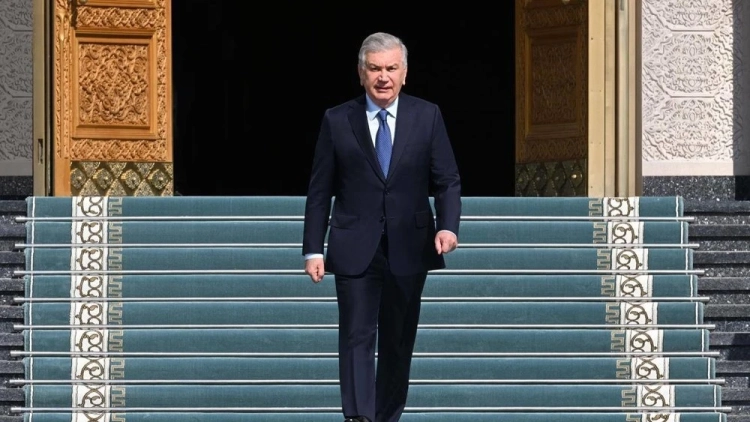
During the trip, Mannerheim attempted to learn Chinese and Kyrgyz. The ability of this man to document the dialects of little-known peoples is remarkable. For example, in 1911, he published a substantial article based on notes about two Turkic-Mongolian peoples. It contains numerous examples of the vocabulary used by the local inhabitants. As a result of the publication of this work, the researcher is mentioned in the history of the study of Alay as one of the pioneers in this field.
In addition to everything, the traveler showed a keen interest in the Abdal people, mysterious in origin and almost entirely engaged in begging. The author's attention was also drawn to the representatives of the Shihshu and Pakhtu ethnic groups living in the mountains south of Hotan, as well as the widely settled Dungans, Chinese Muslims, Jews of Kaifeng, and some other peoples. It is worth noting that the Russian officer Mannerheim became the fifth European to be granted an audience with the spiritual leader of the Tibetans, the 13th Dalai Lama. The meeting took place at the Wutai Shan monastery, as the diary's author writes, on Ivan's Day in 1908.
From the entire route covered by the expedition, Carl Mannerheim mapped 3,087 kilometers of travel. In the second part of his travel diary, published in English, he included sections of 92 routes, outlined in white in Finland, on 14 sheets of maps. This topographical material is extremely important for understanding the geography of the region. Unfortunately, the original sketches of the routes made by the author have not survived. It is also regrettable that the maps of the routes published in the Swedish and Finnish editions of the travel diary contain errors. The overall map attached by Mannerheim to his report shows the route too imprecisely in some places...
By the way, even before the start of World War I, Mannerheim intended to process some parts of the scientific material he had collected for publication, but by 1939 he wrote to missionary doctor Gustav Raketa: "When I came to the simple thought that I would hardly ever find the time to process the diary entries of my expedition from 1906-1908, I donated them along with the maps and other materials to the Finno-Ugric Society. However, now, as you may have learned from Professor Hilden, the Finno-Ugric Society, to my horror, has decided to publish the diary unprocessed and in English translation. From my point of view, this endeavor seems too bold, but the scholars think otherwise, and since I have donated them all the material, I have nothing more to say on this matter."
At the beginning of the difficult and fascinating journey through Central Asia, Mannerheim met with Kurmandjan Datka. The first audience of the tribal leader with the officer took place on August 13, 1906. By that time, the Alay queen had already become something of a living legend of the 19th century. Therefore, it was quite natural that the meeting with her was extremely interesting for the researcher. Having seen much during his travels, he understood the significance of this meeting and decided to capture her image for history.
Of course, both the notes and the photographs are valuable to us as historical and ethnographic material collected by contemporaries.
To be fair, it should be noted that the traveler apparently received the first information about Kurmandjan while still in Osh. Therefore, not lingering long in this city, he immediately set off for Alay, where the Alay queen was living out her last days at that time. Before reaching Alay, Mannerheim met one of Kurmandjan's sons— the friendly and polite Asanbek (Khasanbek).
The traveler was primarily interested in the tragic fate of Kurmandjan's eldest son, Abdullabek, and he left the following note about him: "Abdullabek, brother of Khasanbek, commanded the army in the battle against the twelve-thousand-strong Russian army under the command of Skobelev. The brave Kyrgyz, armed with ancient rifles, could not withstand the modern rifles of the Russians and retreated to the Alay Valley, pursued by Skobelev. In this battle, Khasanbek had a small team."







































